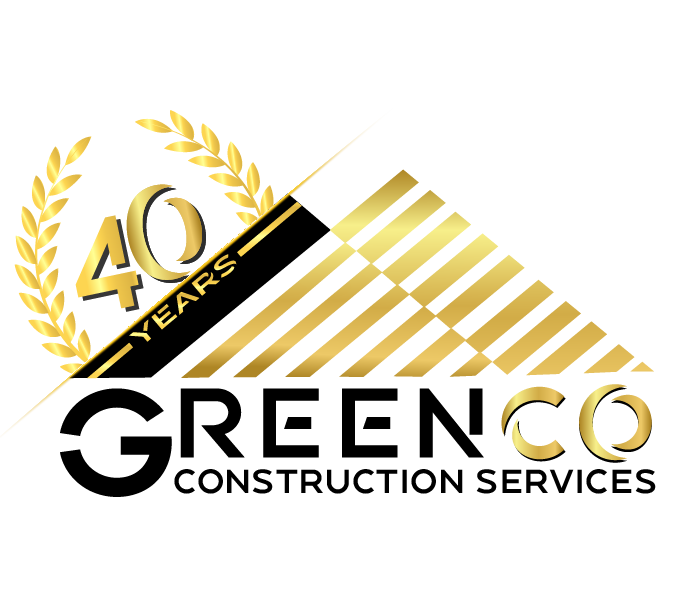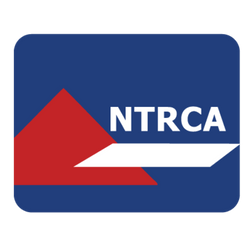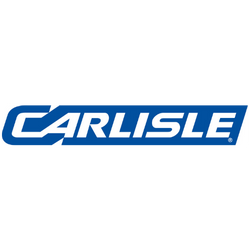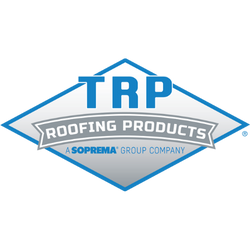Author: Tad Bush
Latest News
Categories
Archives
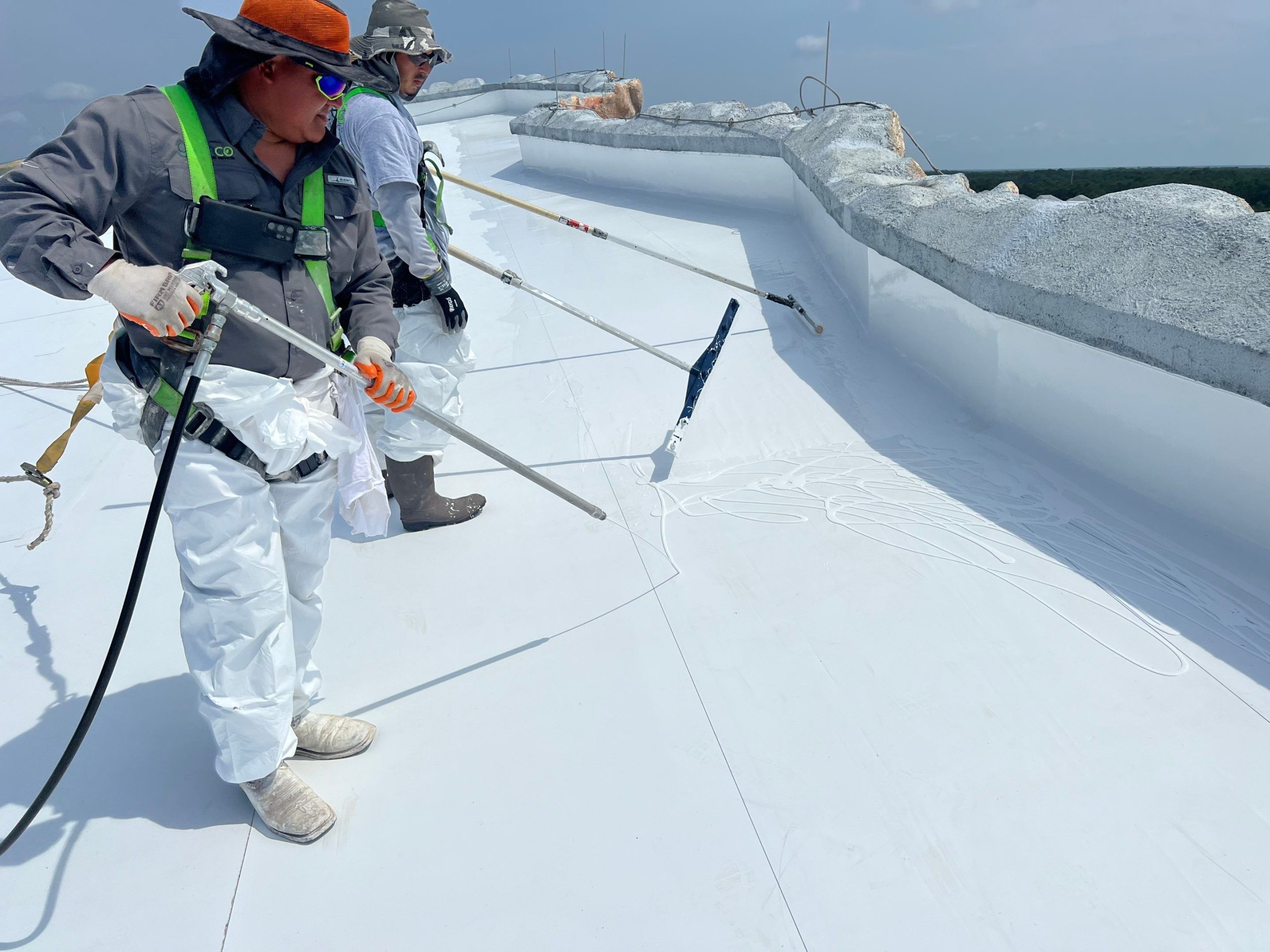
Commercial
|
With environmental consciousness on the rise, the construction industry is undergoing a remarkable transformation [...]
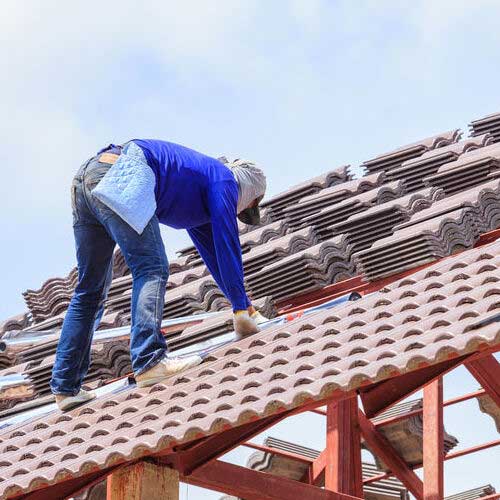
Uncategorized
|
What is the best tile for roofing? With so many types of tile roofing [...]
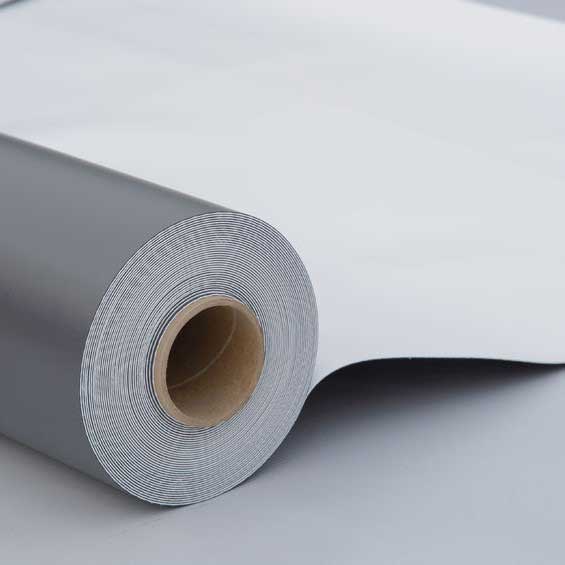
Uncategorized
|
Learning about single ply With our piece today, we are going to answer common [...]
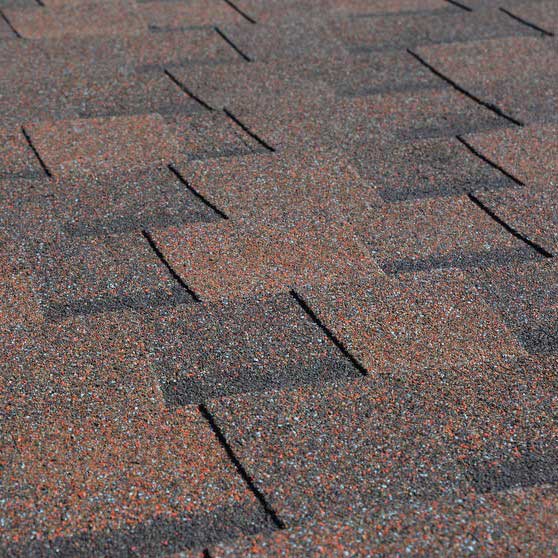
Uncategorized
|
Shingle roofing for your home Asphalt shingles are a common roofing material in the [...]
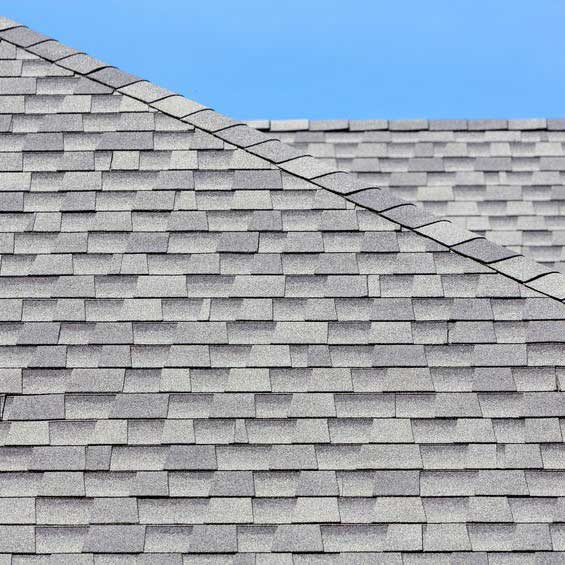
Uncategorized
|
Will homeowners cover a new roof? If you’re a homeowner, there is a chance [...]
